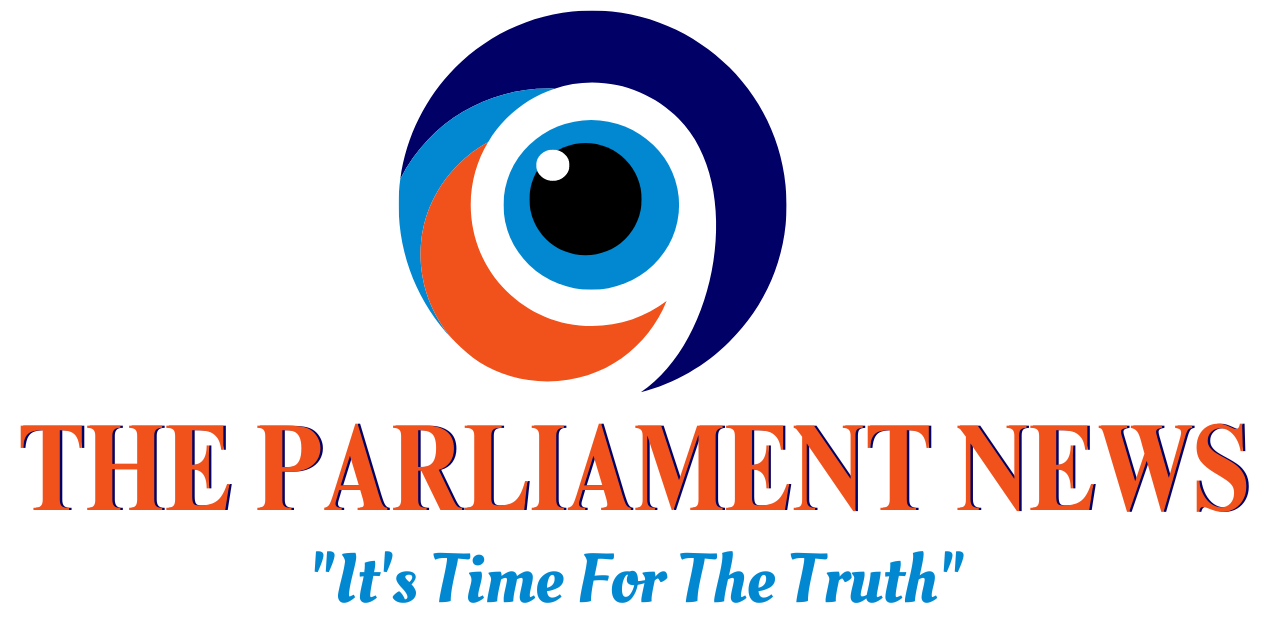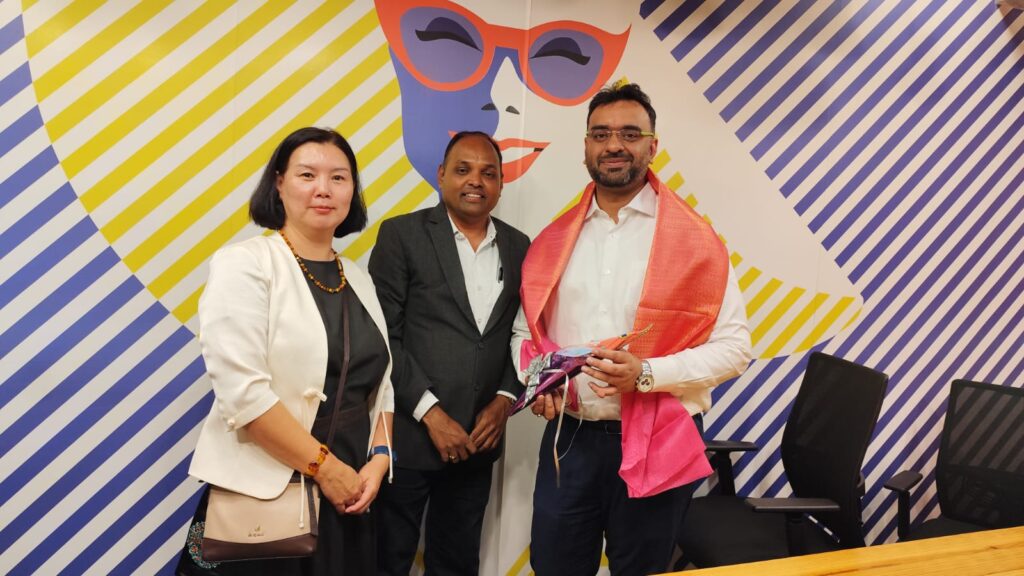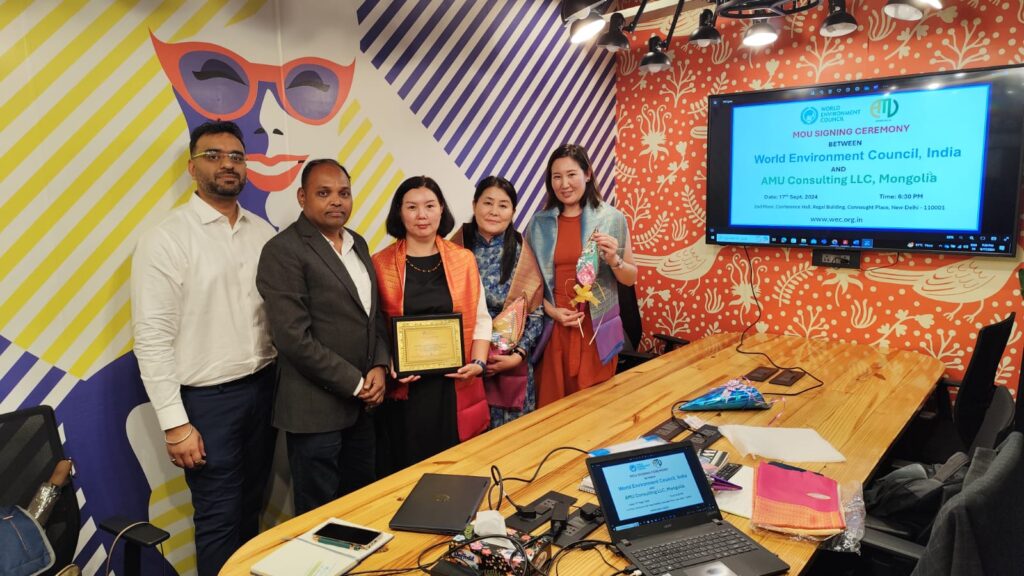In the fast-paced world of technology, innovation is the lifeblood that keeps companies relevant. Recently, Aman Sanger, co-creator of Cursor (developed by Anysphere), shared a bold perspective on Microsoft’s position in this competitive landscape. On the Lex Fridman podcast, Sanger suggested that while Microsoft has accomplished impressive feats, it may not be well-equipped to continue pushing boundaries in the same way that nimble startups can.
The Frustration with Copilot
Sanger’s comments were echoed by fellow co-founder Sualeh Asif, who articulated a sense of frustration among developers regarding the evolution of Microsoft’s Copilot. He pointed out that despite noticeable advancements in AI models like OpenAI’s o1, the Copilot experience seemed stagnant. “It was like, ‘Man, the ceiling is getting higher. Why are they not making new things?’” Asif lamented. His sentiment reflected a broader concern that, despite Copilot’s commercial success, it lacked fresh features and innovation.
Cursor: An All-in-One Platform
In stark contrast to Microsoft, Cursor aims to provide a comprehensive platform for developers. The founding team, comprising Truell, Asif, Arvid Lunnemark, and Sanger, designed Cursor to integrate seamlessly into the workflow of development teams. This integration allows for constant communication between team members, from UI/UX designers to model trainers, fostering a collaborative environment that fuels creativity and innovation.
When Fridman noted the recursive nature of using Cursor to build Cursor, the discussion highlighted how the team is committed to rapidly implementing new features while also engaging in essential research and experimentation. This focus on innovation sets Cursor apart in an industry where many established players seem to lag.
Competing with Giants
In a strategic move to bolster its offerings, GitHub recently integrated OpenAI’s o1 model into Copilot, an attempt to compete with emerging players like Cursor. However, as the Cursor team noted, simply integrating new models isn’t enough. “Most of the additional value from Cursor versus everything else out there is not just integrating the new model fast. It comes from all of the depth that goes into these custom models,” Sanger emphasized, underscoring the importance of thoughtful design and user experience.
Despite the hype surrounding OpenAI’s o1 models, they have struggled with coding tasks, leading to developer dissatisfaction due to slow responses and inaccuracies. This gap in performance presents a significant opportunity for Cursor and other new entrants in the coding assistant market.
The Emergence of Alternatives
The rise of Cursor coincides with the launch of various alternatives aiming to redefine coding experiences. Zed AI, a code editor that integrates large language models directly into the development process, and other startups like Codeium AI and Magic AI have recently reached unicorn status. These platforms are funded by prominent investors and are actively developing their own foundation models, challenging established players.
OpenAI’s introduction of Canvas, which extends ChatGPT’s functionality, and Anthropic’s Claude Artifacts, designed for app creation without coding, further exemplify the changing landscape. Meanwhile, Y Combinator has backed several AI code editors, fueling a wave of innovation in the space.
Developers Demand Efficiency
The demand for efficient coding tools is palpable among developers. A GitHub survey revealed that 97% of developers had used AI coding tools at work, regardless of their employer’s stance. This trend is expected to continue, emphasizing the need for tools that streamline coding tasks and improve productivity.
Cursor’s Tab feature exemplifies this approach, allowing developers to eliminate repetitive actions and enhance workflow efficiency. “All of programming will flow through these models,” Asif predicted, indicating a significant transformation in how software is built.
Speed and Innovation: The Future of Coding
Cursor’s focus on speculative edits and caching allows for real-time assistance, significantly improving coding speed. As Sanger explained, “Speculative edits allow the system to predict ahead of the developer’s actions, streamlining the coding process to near-instant responses.” This emphasis on speed is critical as developers seek to balance rapid development with high-quality output.
According to Truell, “Even being a few months ahead in AI programming makes your product much, much more useful.” Cursor’s use of sparse models and multi-query attention reflects its commitment to minimizing latency and maximizing utility.
As the industry evolves, the dynamics of software development are changing. The founders of Cursor believe that this era is an exciting time for builders. Truell reminisced about the programming landscape of 2012-2013 and expressed optimism for the future, stating, “Fast is Fun.”




















